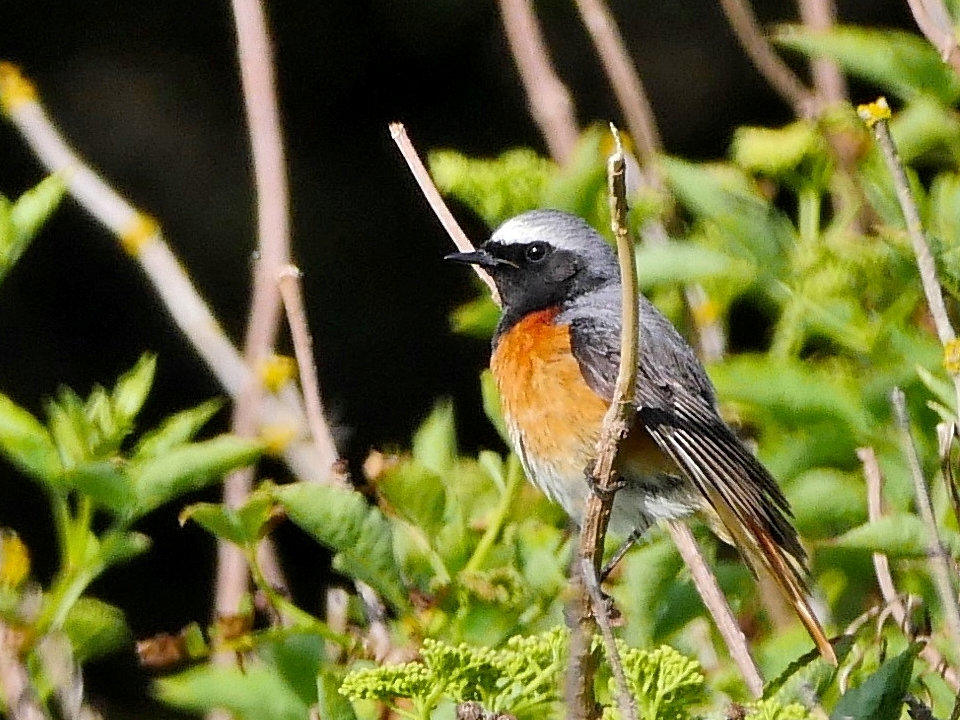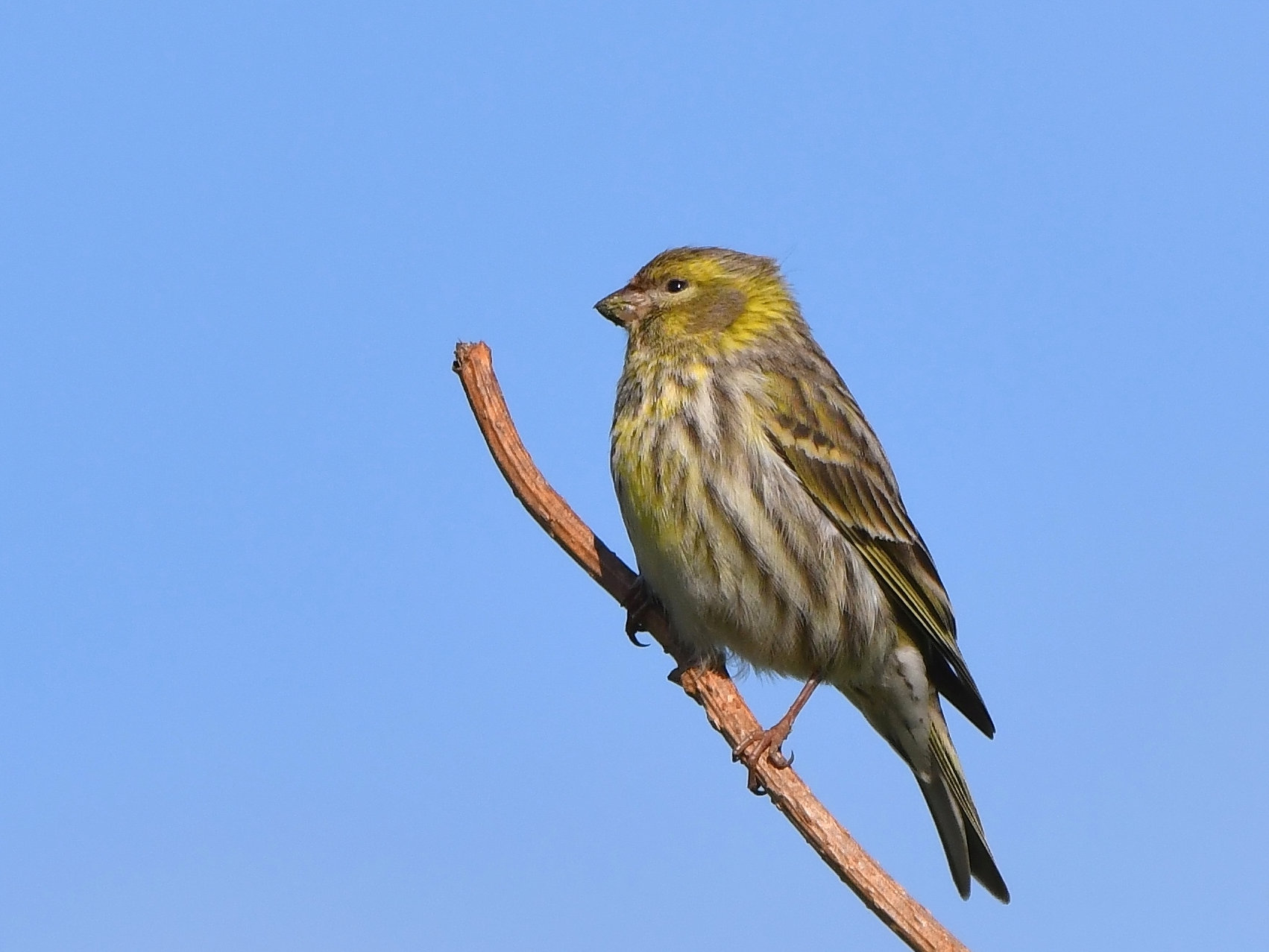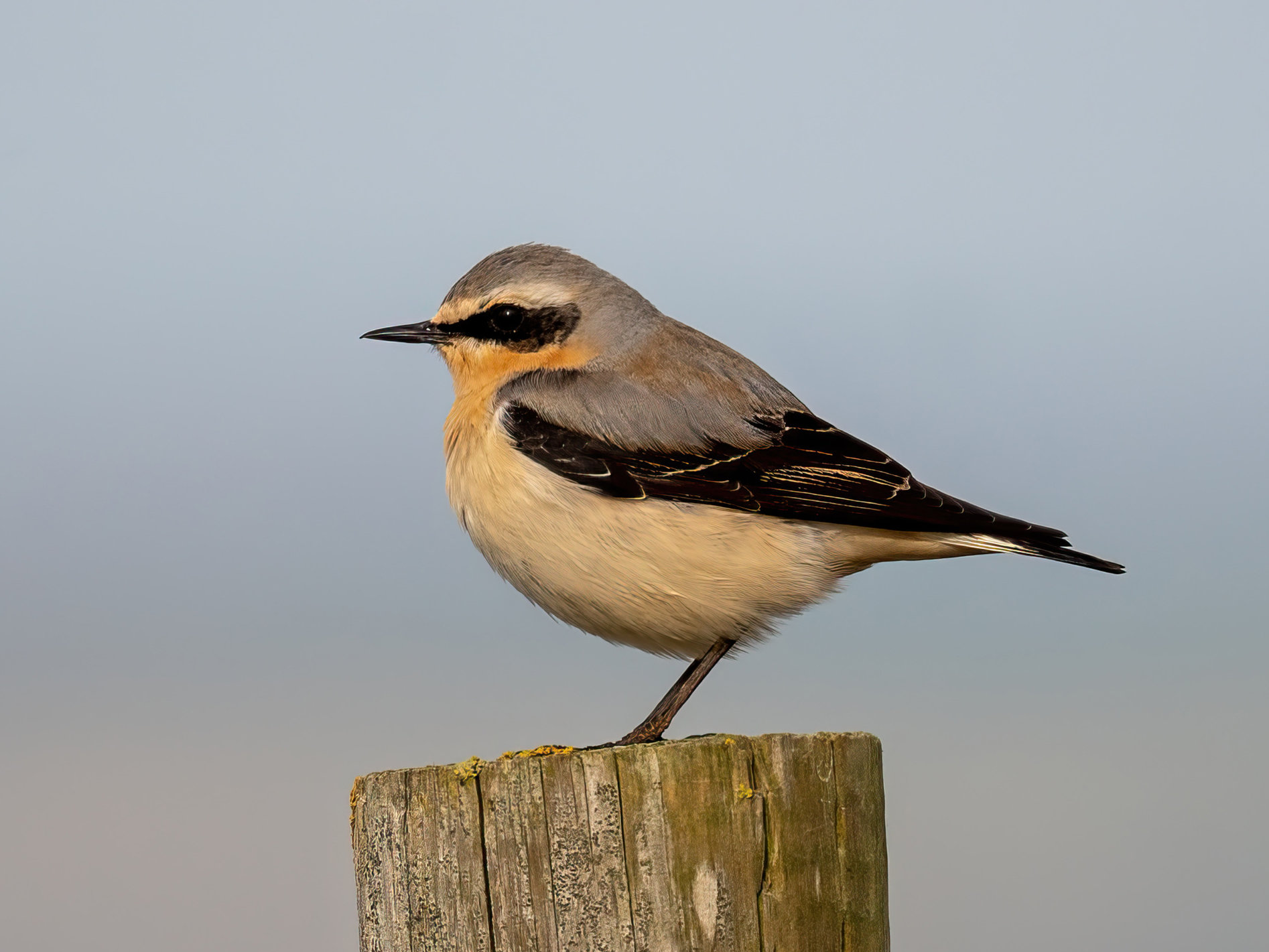St Catherine’s Point
St. Catherine’s Point, at Niton, is the Island’s most southerly headland. Most of the area is owned by the National Trust with unrestricted access over the scrubby slopes which lead down to the fields and low coastal cliffs that look out over the English Channel. The accessible limits along the shore are from Castlehaven (small caravan park) in the East to Watershoot Bay and Rocken End about 1km to the West. The geographical position of St. Catherine’s Point means that it can be a very productive, sea watching and migration watch point. The only protection from the elements are the lighthouse walls so, depending on the wind direction, it can be quite an exposed area.
Parking and amenities
Drive South through Niton past the garage, then turn right into St. Catherines Road. Drive past the Buddle Inn and straight on into Sandrock Road where limited parking is normally available. From there, walk down to the lighthouse. Alternatively, bear sharp right at Sandrock Road and 50 yards up the hill turn left into Old Blackgang Road and park in the free car park at the end. Other than the nearby Buddle Inn, there are no amenities nearby.
What to look out for - Calendar
Spring (March - June)
Fulmar, up-channel duck, seabird and wader passage including common and velvet scoter, Manx shearwater, great, arctic and pomarine skuas, bar-tailed godwit and whimbrel. Arriving migrant birds include hirundines, pipits and finches (including serin which is almost annual), raptors such as osprey, marsh harrier and hobby, and, in favourable weather conditions, significant numbers of grounded migrant land birds including yellow wagtails, black and common redstarts, whinchat, northern wheatear, spotted and pied flycatchers and the commoner warblers.
Autumn (July - mid November)
Seabird passage and coastal movements including great and Arctic skuas, common sandpiper, migrant land birds including hobby, merlin, marsh harrier, short-eared owl, hirundines, tree and meadow pipits, yellow, grey and pied wagtails, black and common redstarts, whinchat, northern wheatear, ring ouzel, the commoner warblers, goldcrest and firecrest, spotted flycatcher and finches.
Winter (mid November - February)
Coastal movements of seabirds including red-throated diver, gannet, guillemot and razorbill.
Rarities
St. Catherine's has produced many rare and scarce birds over the years, including black stork, purple heron, black kite, Caspian and gull-billed tern, bee-eater, hoopoe, wallcreeper, woodchat shrike, Pallas’s, Radde’s and yellow-browed warbler, red-rumped swallow, pectoral sandpiper, Richard’s pipit, ortolan bunting and red-eyed vireo.
Images

Common redstart. © Andy Butler

Serin. © Andy Butler

Wheatear. © Tracey Jolliffe
Useful links and further reading
Current weather forecast for St. Catherine's Point
View a map view of St. Catherine's Point
